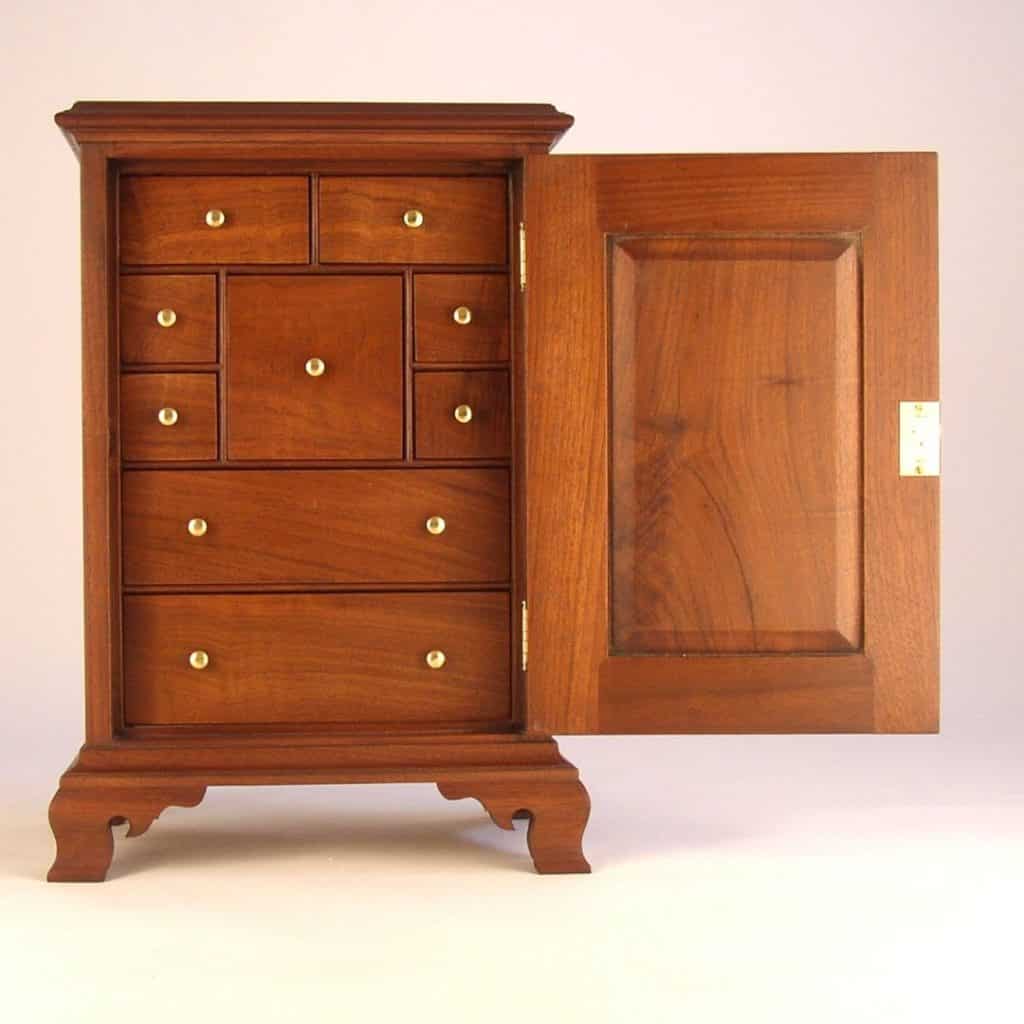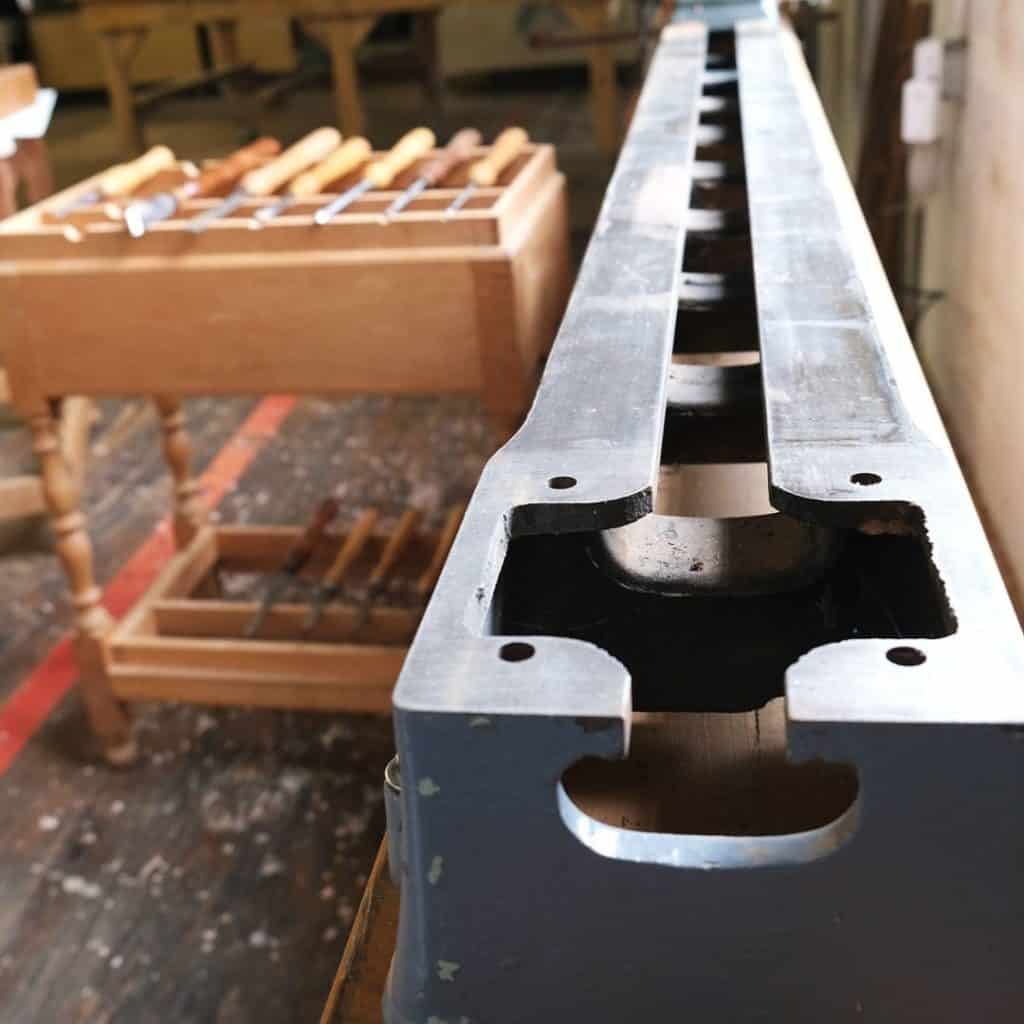The Art of David J. Lunin
The artist's evolution in furniture making

David J. Lunin grew up in Westfield, New Jersey and studied electronic engineering at nearby Monmouth University. However, there was something about spending his life behind the computer that left him feeling unfulfilled. When Lunin’s best friend mentioned that a local furnishing shop was hiring, it was his greenlight to try something new.
At the time, Lunin didn’t realize that this small seed planted deep roots for a woodworking career that would span decades. Like most evolutionary processes, Lunin started small — learning the basics of antique furniture restoration — stripping, sanding and general repairs.
Lunin fell in love with furniture making, and felt the call to learn more challenging skills. He followed his passion to Pennsylvania — where he apprenticed with well-regarded firms such as Irion Company Furniture Makers, Christiana, PA and Kinloch Woodworking Ltd., Unionville, PA. Lunin spent the next several years perfecting his hand-cut joinery and furniture finishing skills, including color matching, aging replacement parts, and distressing finishes.
The Artist's Statement

My background in 18th-century American antiques has deeply influenced my furniture design work. I have a strong background in producing strict reproductions of important antiques. I eventually added my personal sensibility to timeless pieces by beginning with traditional designs and giving them a contemporary twist.
Whatever I create, it is done with the same level of care and craftsmanship employed by Colonial furniture craftsmen. All my pieces are built with traditional joinery like hand-cut dovetails, and mortise and tenon joints. I also prefer the use of traditional finishing material, such as shellac and varnish.
I work from a studio in Beaufort SC, inspired by the serene Lowcountry backdrop of winding waterways, sprawling live oaks with Spanish moss and abundant wildlife.
Planting seeds for success
Like most artisans, Lunin continued to advance his skill. He worked at Alan Andersen, Ltd., one of the most well-known antique restoration shops of high-end, 18th-century American antique furniture on the East Coast. Here, Lunin developed a master craftsman’s expertise in the conservation and restoration of 18th-century museum quality tables, chairs and chests.
It was during this time that Lunin approached furniture making like an anthropologist. He deconstructed unique historic furniture — examined, observed and learned how these pieces were originally constructed. Lunin’s artistry grew alongside renowned restoration experts — developing skills to determine the most appropriate and effective strategies, a noteworthy understanding of construction and how to use hand tools and modern machinery.


Growing an artistic legacy
There’s a point when every artist discovers their personal style. For Lunin, that point came in 2000, when he opened his first furniture studio. At first, Lunin stuck with where he excelled — restoration and reproduction work. He built a reputation as a furniture craftsman whose reproductions of American antiques were strictly adopted using all the same joinery, methods, and materials that were employed by 18th-century furniture makers.
Soon, Lunin began to experiment with modern twists. His first projects included a perfectly proportioned coffee table inspired by a large Shaker kitchen table (coffee tables did not exist in the 18th Century).
Just like that, another seed was planted in Lunin’s ever-evolving career. Using unorthodox twists in seemingly familiar furniture styles, Lunin developed his own brand of furniture: The Surreal Collection — which disrupts the everyday ubiquity of how people perceive furniture.
These whimsical, head-turning designs are a natural part of Lunin’s creative evolution. Each piece requires the same dedication to detail and mastery of craftsmanship that Lunin has always used.












